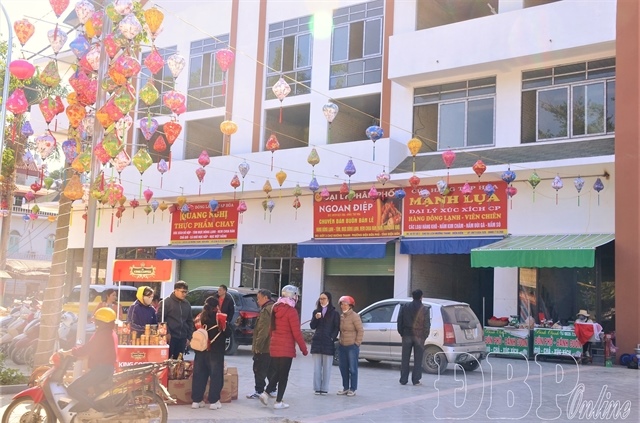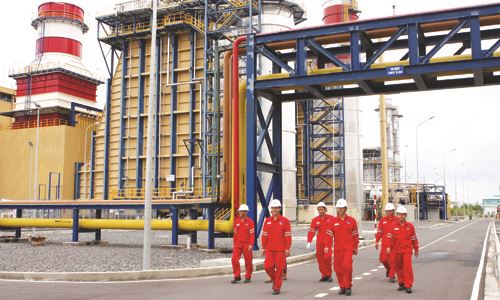Vietnam may lose due to poor infrastructure
Vietnam may lose due to poor infrastructure
Poor infrastructure and a lack of proper mechanisms for private sector investment would prevent Vietnam from making the most of opportunities from its swift international integration, the director of the Vietnam Institute of Economics said.
Tran Dinh Thien has given the warning recently, prior to a seminar on transport infrastructure investment planned by the Vietnam Academy of Social Sciences and the Ministry of Transport for next week.
According to Thien, huge investment capital has been injected into infrastructure in recent years but infrastructure is not yet sufficient to meet the country’s needs for more growth.
Take as an example Cai Mep-Thi Vai port complex in the southern province of Ba Ria-Vung Tau, he said. The complex is running at 17-18% capacity.
Scattered investments are also reported in airport projects nationwide. Meanwhile, funding is in dire need for key airports like Noi Bai in Hanoi and Tan Son Nhat in HCMC to solve overloads and the long-conceived Long Thanh international airport which will not have its first runway put into operation until 2022.
Thien described the country’s railway system as too old and outdated.
“Seaports and airports are in poor condition and railways do not meet international standards. We are intensifying the international integration process but transport networks do not match those of other countries, so how can we make full use of opportunities resulting from integration?” Thien questioned.
Thien stressed the importance of transport infrastructure as it would help drive up development in Vietnam.
These are big problems Vietnam will have to solve to better integrate in the international economy, according to Thien. Vietnam needs to draw up an effective strategy for infrastructure development.
However, Vietnam is facing budget constraints and a gradual slide in official development assistance (ODA) loans.
Thien suggested a shift in the infrastructure investment structure from State funding to private investment as an alternative to give a fresh boost to infrastructure development.
“There are new capital sources for infrastructure development. The State can sell port operation rights to private enterprises and promote public private partnership for infrastructure projects,” Thien said.
Thien noted the State would never provide sufficient finance for transport infrastructure development and urged proper mechanisms to draw more private investors to this area.
According to Nguyen Danh Huy, head of the PPP (public-private partnership) projects department at the transport ministry, Vietnam has many legal documents to encourage private investments in infrastructure development. Nonetheless, many problems have not been solved to unlock the potential of the private sector and meet the requireements of international donors.
Huy said credit institutions, especially foreign banks, required government guarantees and exchange rate guarantees for loans. However, the existing regulations are not sufficient for the Government to offer such guarantees and this is one of the problems that need to be solved.
Earlier, the Infrastructure Working Group of the Vietnam Business Forum asked if the Government would give exchange rate guarantees to infrastructure projects with revenues in dong.
According to the group, Vietnam will have to cope with more challenges in infrastructure development in the next decade. The country would have to double funding for infrastructure projects to US$50 billion a year by 2025 to maintain its competitiveness compared to other Southeast Asian countries.




















